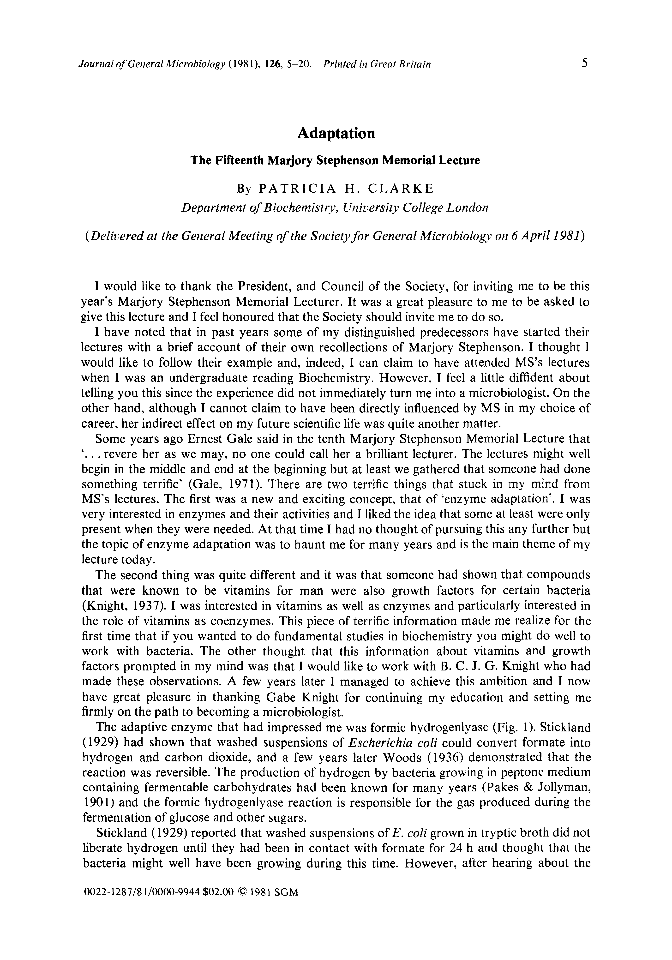
Full text loading...

Adaptation The Fifteenth Marjory Stephenson Memorial Lecture, Page 1 of 1
< Previous page | Next page > /docserver/preview/fulltext/micro/126/1/mic-126-1-5-1.gif
There is no abstract available.

Article metrics loading...

Full text loading...
References


Data & Media loading...
